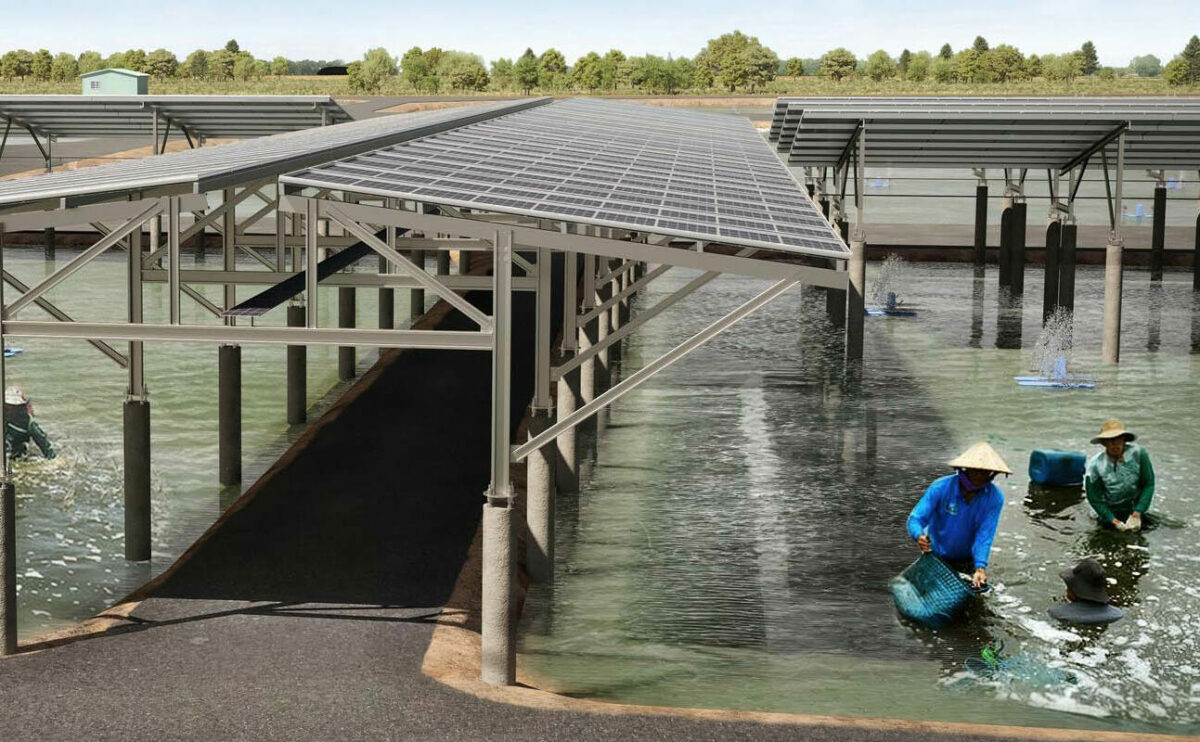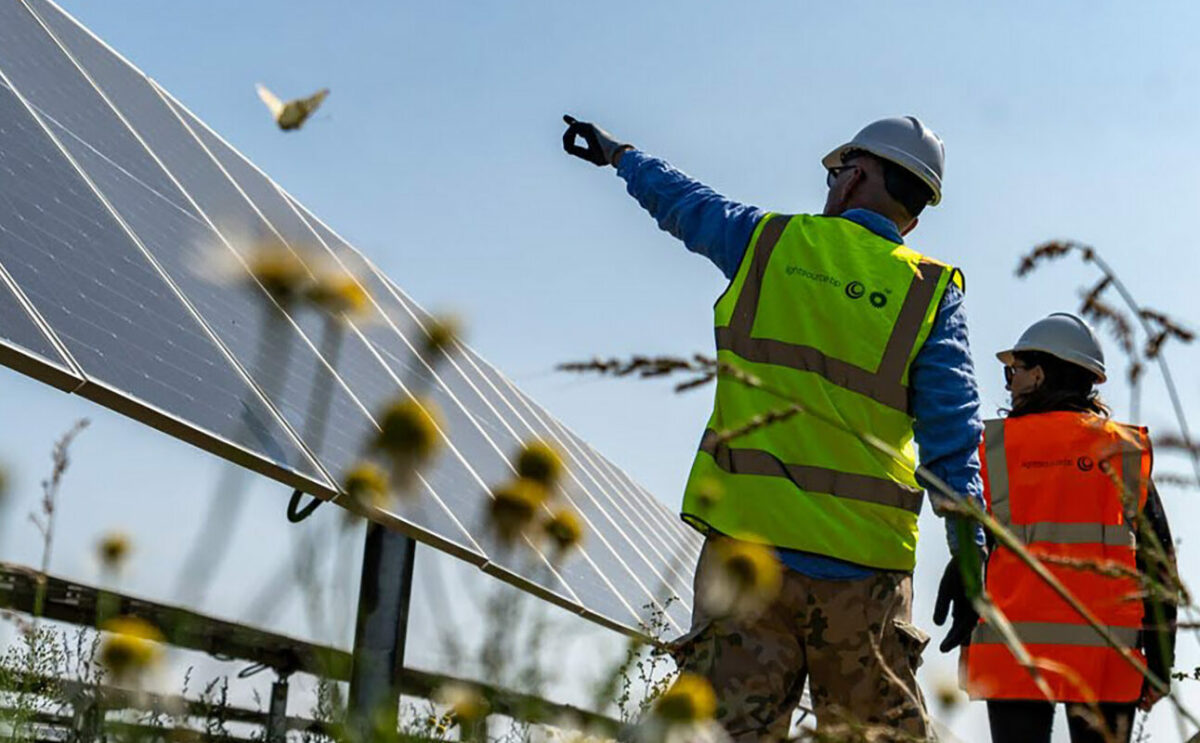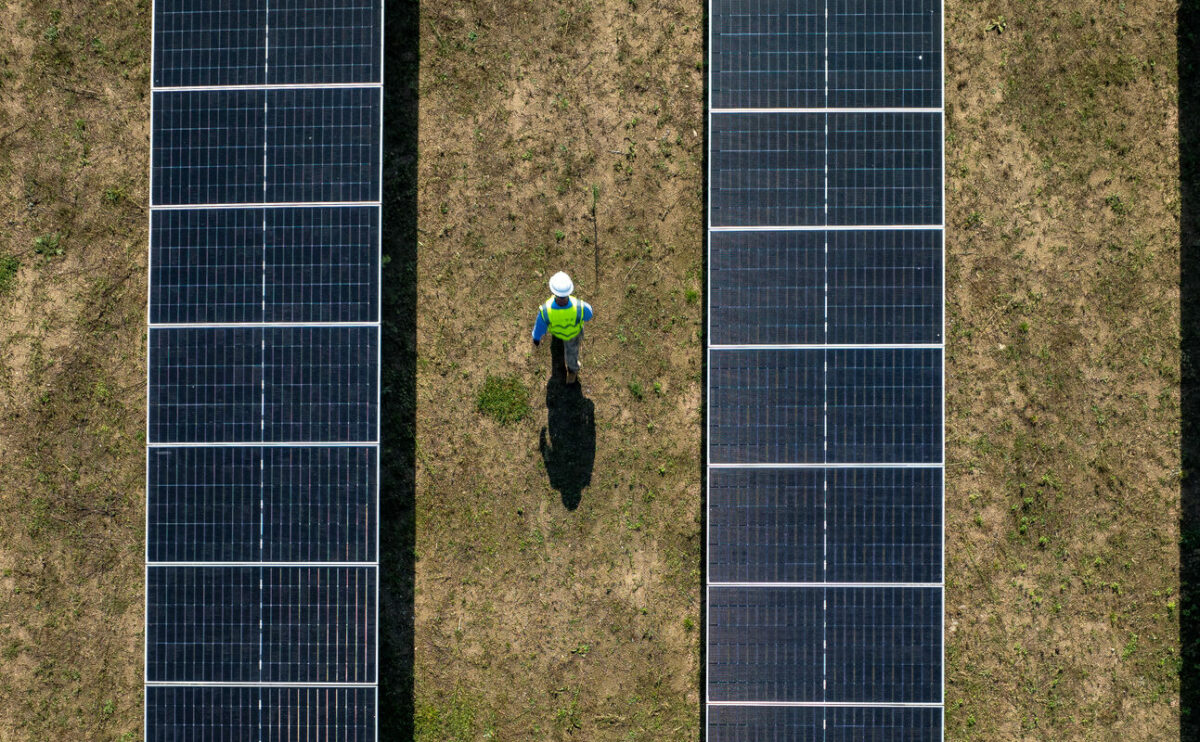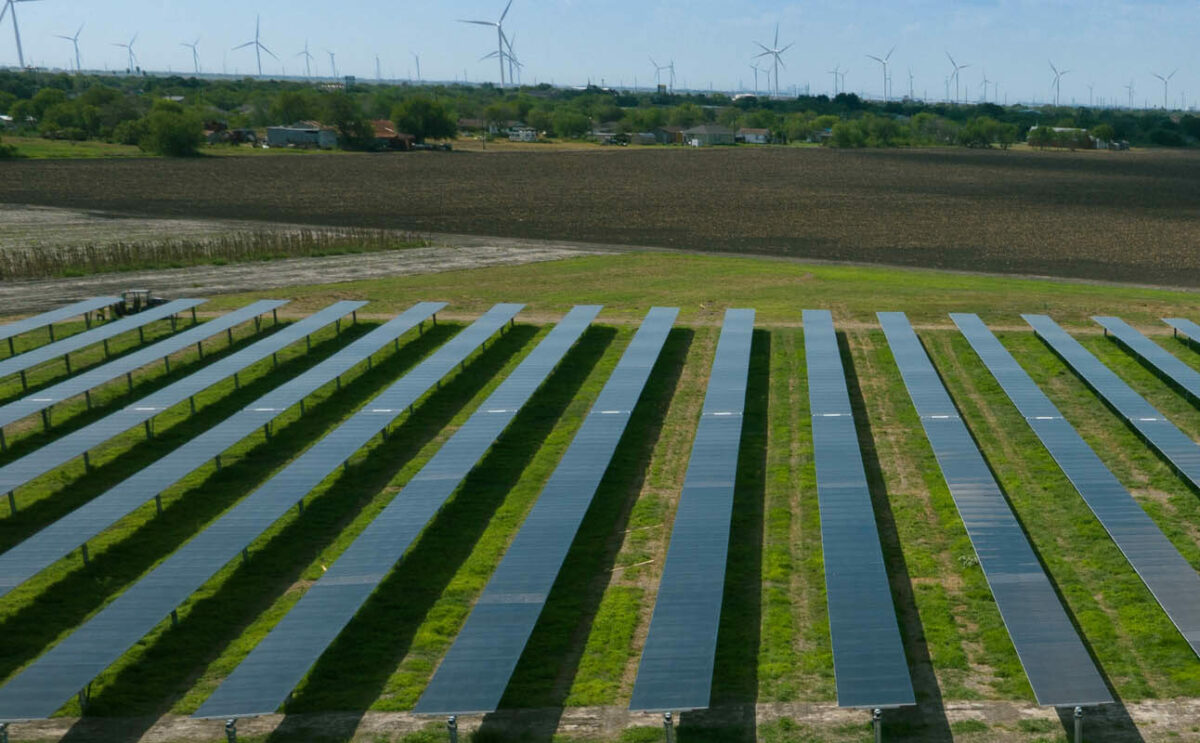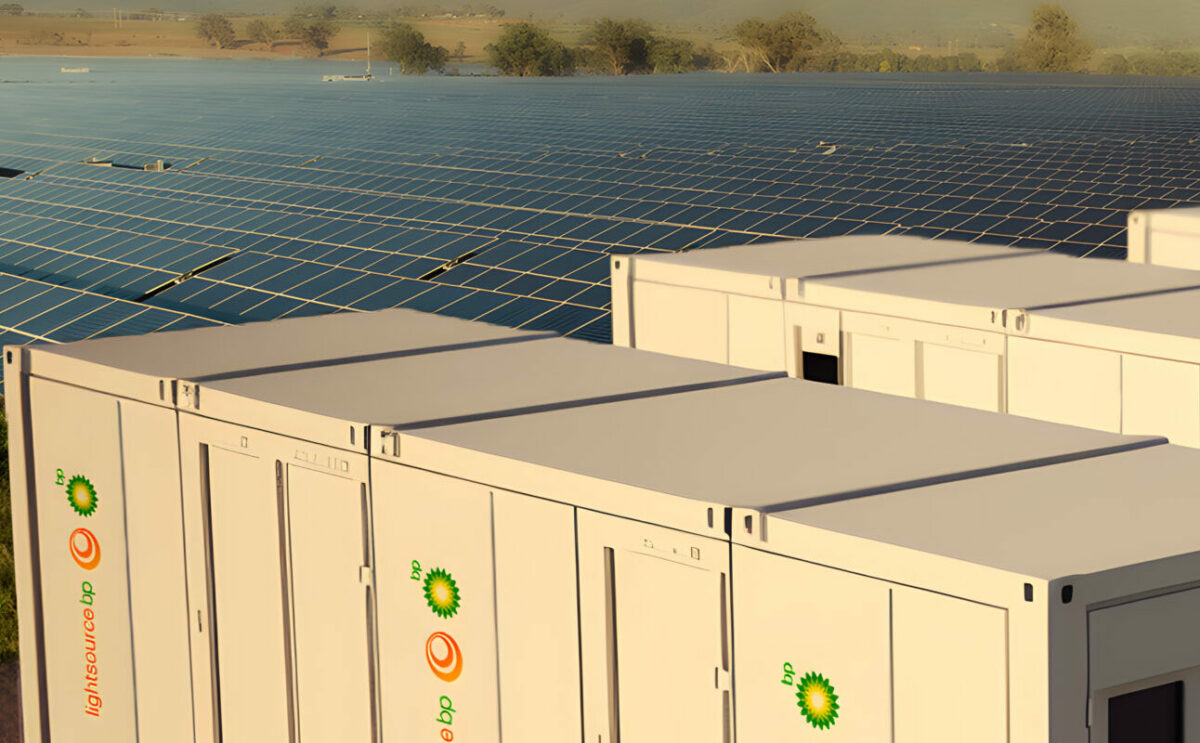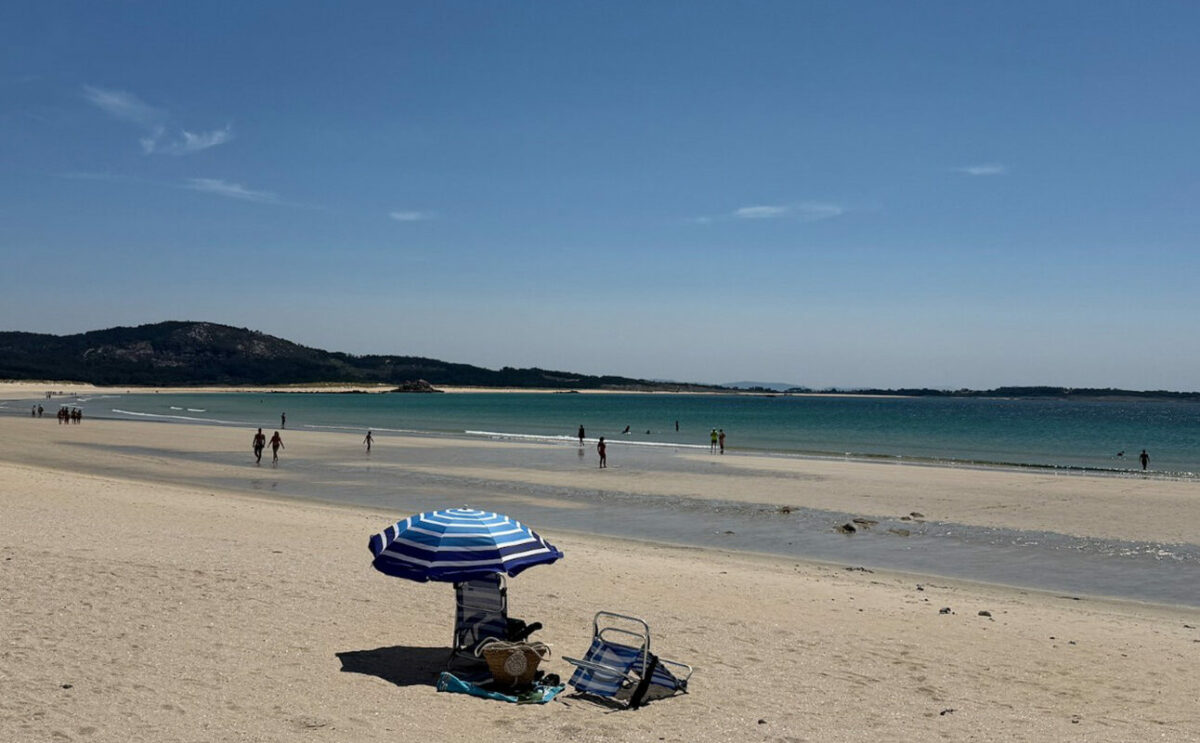Two sides to the same panel: Bifacial technology
Bifacial (literally ‘two faced’) solar panel technology has become a hot topic across our sector in recent years due to its potential to out-perform monofacials. In 2019, 3% of all solar modules sold were bifacial, and this figure is predicted to climb to 10-15% this year, as we see more projects getting the greenlight globally.
Here are some of our thoughts on bifacial technology and you can also read GTM’s recent interview with our Technical Director, Chris Buckland.
More powerful from every angle
The key strength of bifacial solar panels is in the name – by capturing sunlight on both faces of the panel, the efficiency of energy transfer is increased by around 14%, producing more energy from the same amount of space.
In regions like Australia and the USA, where cost of labour is very expensive, this uplift in yield and increased efficiency has significant benefits to the internal rate of if return (IRR) of projects, creating more financially viable opportunities for solar.
Case Study: Wellington Solar Farm, NSW, Australia
We are currently building one of the first (and largest) projects in Australia to deploy bifacial panels at scale. Wellington Solar Farm is a 200MW utility scale solar plant located near Wellington, NSW, and when completed will feature:
- 500,714 Canadian Solar Bi-HiKu panels
- 435,000MWh of clean, renewable electricity per year – enough to power 72,500 homes
- 350,000 tonnes of CO2 emissions displaced- equivalent to taking 121,580 cars off the roads.
Durable, with a longer lifetime
According to a study by Wood Mackenzie Power & Renewables, there’s around 5.4GW of bifacial solar capacity operating globally, predominantly in Asia, with that number set to rise tenfold and achieve equal distribution across Asia and North America in the next five years.
This popularity with developers is not just due to increases in efficiency, but also durability. Bifacial modules have glass on both sides, which increases the energy production but also extends the lifetime of the product when compared to its monofacial counterpart.
Heavyweight champions
These modules are also often up to 30% heavier than regular monofacial panels, as they’re built to withstand significant weather conditions. The glass on a bifacial module can handle 2.5cm hail (typically the largest it will get), and many manufacturers use glass that’s 2mm thick, as the flexibility reduces the number of micro-cracks, and allows the glass to bend, rather than break. As a result, bifacial modules can be used in a wide range of locations where solar would not have previously been considered a good option.
The extra weight increases durability of the panels, cutting the frequency of part replacement, saving time and money. Due to this, the manufacturers guarantee includes a lower degradation rate (the decline in output that all solar panels experience over time) – another significant gain in IRR and project viability.
But it’s not without its challenges
The panels do not stand alone, they fit within the framework of a project as a whole, and so many elements of site design have to be adjusted to fit.
Investor assurance is key
Another challenge is the bankability of the modules with financial institutions. To a point, bifacial technology is still ‘new’ and can be interpreted as a ‘risky’ investment. Early adopters, like ourselves are overcoming this hurdle by strengthening R&D and demonstrating rigorous testing.
As there are no international standards yet for bifacial panels, testing products consistently can be difficult. To overcome this, we’ve been working closely with module providers on pre-shipment testing . We’ve built healthy relationships with the top 10 global solar manufacturers, which has allowed us to place significant orders, currently earmarked for projects across Europe, the US and Australia.
What’s next?
While bifacial panels are in many ways superior to monofacial panels, there is still potential to improve performance further. Without getting into deep technical specifics, the next step would be to upgrade the type of silicon wafer used in the cells of the panels, from traditional P-type to the more expensive but more efficient N-type. We are currently trialling N-type cells on one of our projects in the UK and look forward to seeing the results.
News
04 Dec, 2025
Energy in Focus – How local partnership and community engagement sparks project success
At Lightsource bp, we deliver renewable energy and storage solutions while seeking to enhance ecosystems, local economies and progressing a sustainable supply chain.
20 Nov, 2025
Energy in Focus – Building a culture of safety at Lightsource bp
In our first Energy in Focus episode, Will Manchas, Head of HSE for USA and EMEA shares how our Golden Rules help us protect ourselves and others.
22 Oct, 2025
Lightsource bp supports Apple’s renewable energy projects progress across Europe
Lightsource bp is proud to partner with Apple Inc. in support of its goal to achieve carbon neutrality across its entire footprint by the end of this decade.
21 Oct, 2025
Environmental safety in action: living our Golden Rules
At Lightsource bp, our Golden Rules are daily practices that protect our people and ensure business continuity, especially in the face of climate extremes.
17 Oct, 2025
USA: Lightsource bp and Pinnacle Financial Partners announce $97.9M tax equity deal for Peacock Solar
Lightsource bp and Pinnacle Financial Partners today announced the closing of a $97.9 million tax equity deal to finance the 187 MW Peacock Solar in San Patricio County, TX.
18 Sep, 2025
Australia: Lightsource bp advances its first solar and storage hybrid project
Lightsource bp has commenced delivery on one of the first large-scale DC-coupled solar-battery hybrid projects in Australia.
15 Aug, 2025
Resetting and recharging – what we did for Wellbeing Day
As part of our promotion of a healthy work-life balance, this year we once again rewarded our team members with an extra day of annual leave to focus on their wellbeing.
31 Jul, 2025
USA: Lightsource bp named the US’s top solar developer
Lightsource bp, a global leader in renewable energy development, has been named the United States’ #1 solar developer by Solar Power World.
14 Jul, 2025
Inspiring future energy leaders: ESCP students explore Manor Farm Eggington
Students from ESCP Business School’s London Campus were invited by Lightsource bp to an exclusive visit to the Manor Farm Eggington in Leighton Buzzard.
10 Jul, 2025
Lightsource bp championing sustainable agriculture at AgriVoltaics World Conference 2025
Lightsource bp was proud to be the Gold Sponsor at the AgriVoltaics World Conference 2025 in Freiburg, Germany.


